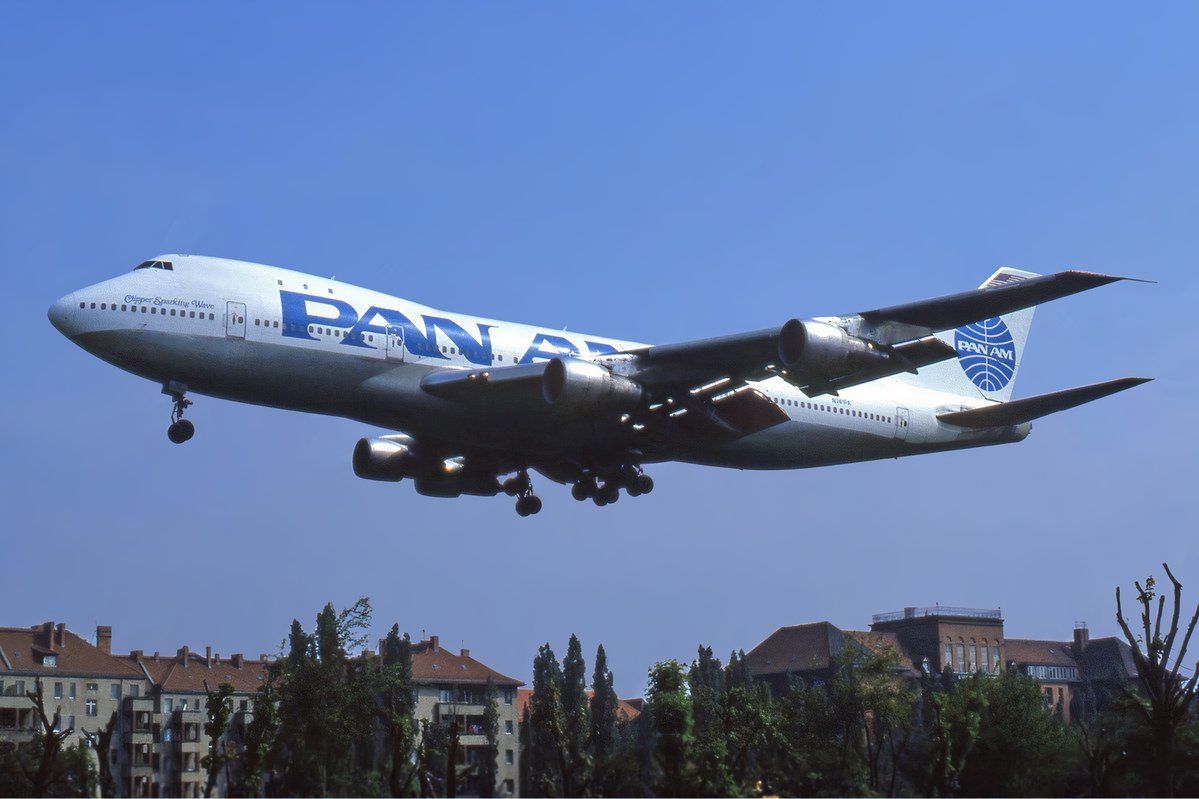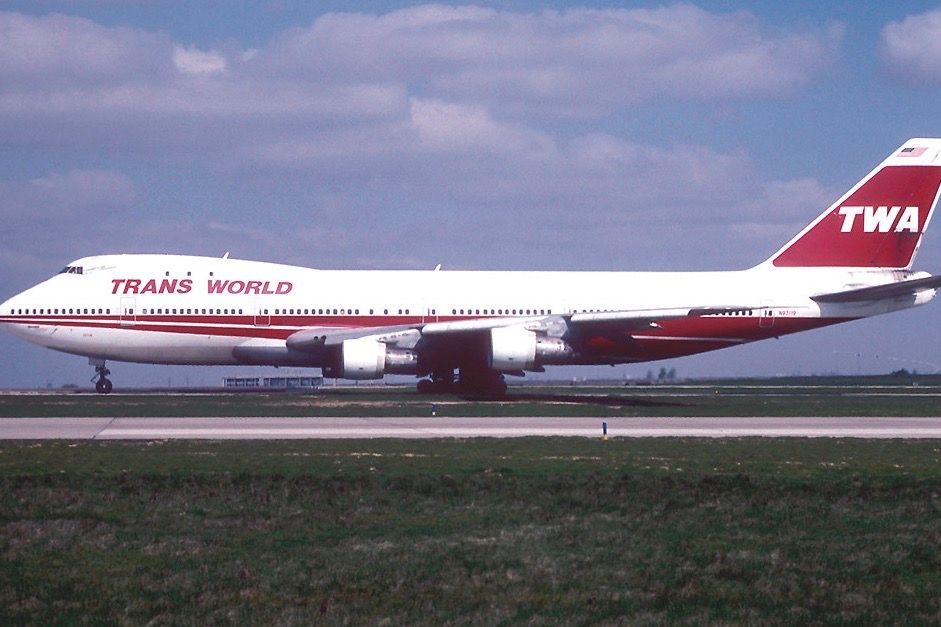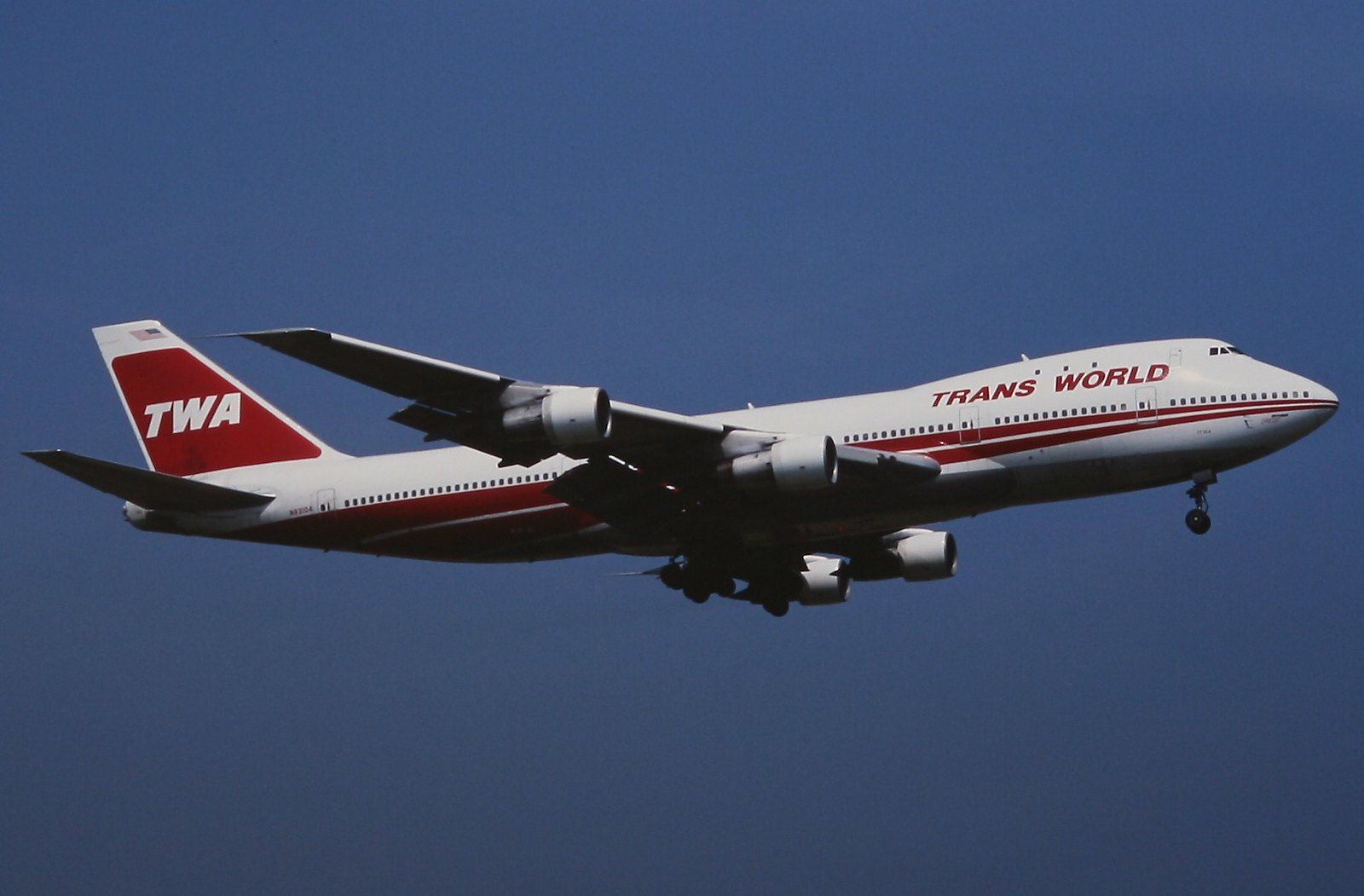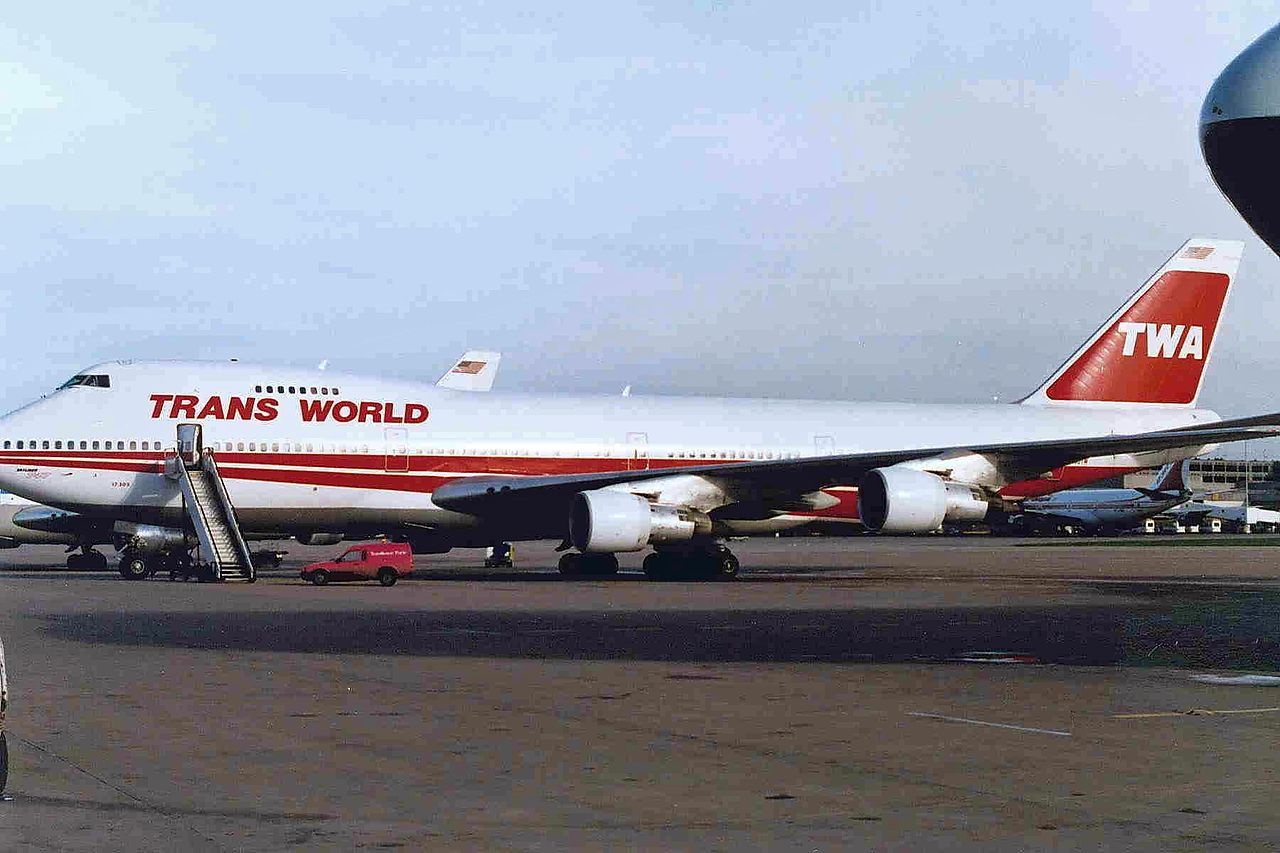Summary
- TWA was a major legacy US airline and a key early adopter of the Boeing 747.
- TWA was one of the first airlines to adopt hub & spoke operations at JFK Airport, effectively expanding international flights.
- TWA operated a historic fleet of Boeing 747s, with notable 747-100 models – one of which catastrophically exploded.
In 2001, Trans World Airlines
(TWA) was acquired by ![]() American Airlines
American Airlines
and the list of
major legacy US airlines grew ever-shorter (now only four remain)
. Founded in 1930, TWA was one of the most recognizable early US airlines and one of the most famous carriers of the jet age. While its legacy (including that of the Boeing 747
) may not be as great as Pan Am, it was considered the nation’s second unofficial flag carrier. Here is a look at TWA’s historic fleet of Boeing 747s.
TWA hired well know pilots like Charles Lindbergh
TWA can trace its history back to 1930 when several airlines merged at the suggestion of Postmaster General Walter Folger Brown to receive lucrative mail contracts. Transcontinental Air Transport (TAT), Western Air Express (WAE), Maddux Air Lines, Standard, and Pittsburgh Aviation Industries Corporation (PAIC) merged to form Transcontinental & Western Air (T&WA) on October 1, 1930.
To boost the airline’s reputation and capture the public’s attention, T&WA brought in famous pilots of the day, including Charles Lindbergh
, the first man to fly solo across the Atlantic. In 1931, T&WA relocated its headquarters from New York City to its central hub in St. Louis, Missouri. In 1934, after a scandal that led to the Air Mail Act of 1934, T&WA was taken over by the Lehman Brothers and John D. Hertz.
|
Trans World Airlines: |
|
|---|---|
|
Operated: |
1930-2001 |
|
Fate: |
merged with American Airlines |
|
Noted for: |
One of “Big Four” early domestic carriers |
|
Flag carrier: |
Second unofficial flag carrier after Pan Am |
In 1937, TWA executives wanted the airline to invest in five Boeing 307 Stratoliners
with pressurized cabins. However, the board refused to sanction the expense leading the airline’s president Jake Frye to persuade Howard Hughes
to buy stock in the airline. Hughes continued to purchase stock in the airline until 1939, when he had acquired a controlling interest.
TWA began hub & spoke operations
Following WWII, TWA expanded flying to Europe from New York with a fleet of Lockheed Constellations. Under its holding company, TWA continued to grow and purchased Hilton Hotels, 21st Century Realty, and Hardee’s chain of fast food restaurants. While modernizing its fleet TWA was one of the first airlines to embrace the concept of hub and spoke operations using New York’s John F. Kennedy Airport (JFK) as a central hub. In 1970 TWA was one of the first airlines to take delivery of the Boeing 747, an airliner that would open up international flights to millions of people.
TWA took delivery of its first Boeing 747s in 1969
TWA took delivery of its first two Being 747s on December 31, 1969, entering them into service on February 25, 1970.
TWA Boeing 747-100s
Boeing 747-100s
with the registrations N93101, N93102, and N93103 all entered service with TWA in 1970 and were later sold to the Iranian Air Force in 1975. N93104, N93105, N93106, N93107, N93108, N93109, N931010, N931011, and N931012 were all delivered in 1970 and served the airline for twenty-plus years before being scrapped. Also delivered in 1970 were N128TW, N17010, N133TW, N134TW, N93113, and N93114. All of which have now been scrapped.
In 1971, TWA took delivery of the following Boeing 747s, N93118, N93119, N17125. Of these aircraft, N93119 was the aircraft involved in
the crash of Trans World Airlines Flight 800
. Twelve minutes after taking off from New York John F. Kennedy International Airport
(JFK) on July 7, 1996, the aircraft exploded midair over the Atlantic Ocean near East Moriches, New York. All 230 passengers and crew died. While there was much speculation about the cause of the crash, the National Transportation Safety Board (NTSB) blamed fuel vapor igniting.
|
Explosion of TWA Flight 800 |
|
|---|---|
|
Date: |
July 17, 1996 |
|
Variant: |
Boeing 747-100 |
|
Location: |
Atlantic Ocean near East Moriches, New York |
|
Result: |
Broke up mid-air from explosion |
|
Cause: |
Possibly fuel leak and short-circuiting |
|
Fatalities: |
230 (everyone onboard) |
TWA took delivery of its last Boeing 747-100 N129TW on January 27, 1976. The aircraft flew with TWA for 20 years before being returned to the Avn Leasing Group. In 2005, the plane was listed as being derelict.
Boeing 747-200
TWA took delivery of seven Boeing 747-200s
N301TW, N302TW, N303TW, N304TW, N305TW, N306TW, and N307TW. Of these planes, N304TW was sold to Nationair in May 1991. N301TW and N302TW were sold to Tower Air in October 1992, and N303TW and N307TW were sold to Aerolineas Argentinas in September 1997 and February 1998.
Boeing 747SP
The Story Of TWA’s Boeing 747SPs
had the registration N58201. The aircraft was delivered new to TWA on March 21, 1980, and sold to the Dubai Air Wing on February 21, 1985. In 2007, the Las Vegas Sands casino bought the plane for VIP transport.
|
Fate of TWA’s 747s (per Airport Spotting) |
Scrapped |
On display/Stored |
Sold to Iran |
Crashed |
|---|---|---|---|---|
|
Boeing 747-100 |
15 |
2 |
8 (inc. 1 crashed) |
1 |
|
Boeing 747-200 |
5 |
2 |
0 |
0 |
|
Boeing 747SP |
2 |
1 |
0 |
0 |

Related
Braniff, Eastern, Pan Am, TWA: Which US Airline We’ve Lost Would You Want To Fly With Today?
After the Airline Deregulation Act of 1978, the industry changed dramatically, opening up to greater competition. While this helped make air travel more affordable, it also ultimately led to the loss of airlines that were pioneers of flight in the US. As the fight to survive a new market and adjust the airline business model intensified, a spike in fuel prices, bad management decisions and tragedies resulted in these well-established airlines failing.
Established in 1928, Braniff brought a distinct style to the skies with its “End of the Plain Plane” brand campaign which introduced rich liveries and interiors and donned flight attendants with space-age Pucci uniforms. Following a pilot strike and overwhelmed by the rising costs of a route expansion response to deregulation, Braniff last flew in 1982. Former Braniff employees founded Sun Country Airlines.
Eastern Airlines was established in 1926 and was a dominant carrier in the US for decades. From its Miami International Airport
A further two examples of the 747SP were operated by TWA. The next to arrive joined the airline in April 1980, under the registration N57202. For the first year at the airline, it also bore the name Boston Express. It joined American Airlines in July 1986 after leaving TWA, serving the carrier until February 1994.
The final 747SP to join TWA did so hot on the heels of its classmates, coming onboard in May 1980. This plane bore the registration N57203, and experienced a similar fate to N57202, to begin with, in being transferred to American Airlines in October 1986. Much like its counterpart, it also left the Fort Worth-based US legacy carrier in 1986.




